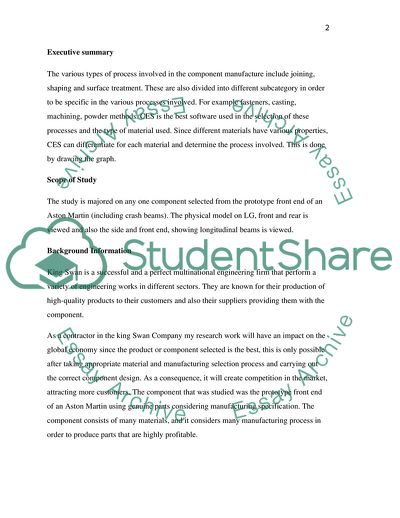Cite this document
(Manufacturing and Materials Process Selection Coursework Example | Topics and Well Written Essays - 2500 words, n.d.)
Manufacturing and Materials Process Selection Coursework Example | Topics and Well Written Essays - 2500 words. https://studentshare.org/engineering-and-construction/1862255-manufacturing-and-materials-process-selection
Manufacturing and Materials Process Selection Coursework Example | Topics and Well Written Essays - 2500 words. https://studentshare.org/engineering-and-construction/1862255-manufacturing-and-materials-process-selection
(Manufacturing and Materials Process Selection Coursework Example | Topics and Well Written Essays - 2500 Words)
Manufacturing and Materials Process Selection Coursework Example | Topics and Well Written Essays - 2500 Words. https://studentshare.org/engineering-and-construction/1862255-manufacturing-and-materials-process-selection.
Manufacturing and Materials Process Selection Coursework Example | Topics and Well Written Essays - 2500 Words. https://studentshare.org/engineering-and-construction/1862255-manufacturing-and-materials-process-selection.
“Manufacturing and Materials Process Selection Coursework Example | Topics and Well Written Essays - 2500 Words”. https://studentshare.org/engineering-and-construction/1862255-manufacturing-and-materials-process-selection.


